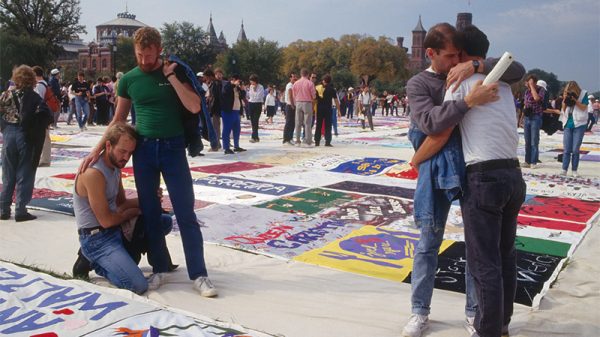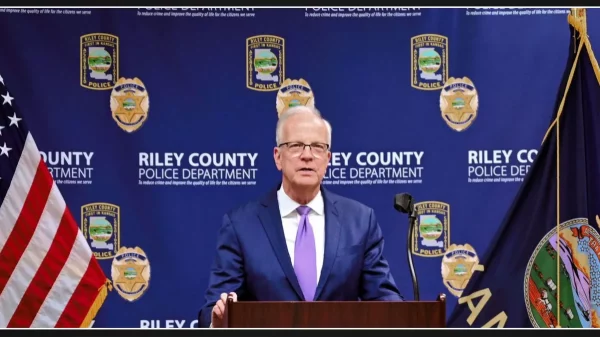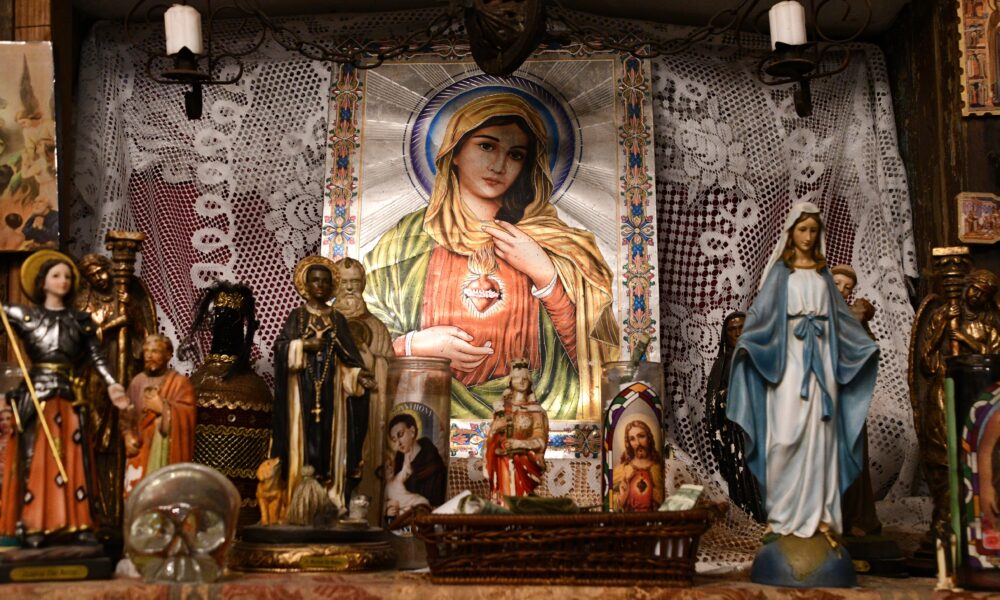
The Louisiana State Museum, NOLA
The Louisiana State Museum isn’t just one building – it’s a whole network of New Orleans history spread across the French Quarter.
From voodoo and jazz at the Cabildo to Mardi Gras overflow at the Presbytère, these historic spots pack in everything that makes New Orleans tick.
Bonus: they’re all right there on Jackson Square.

10 Cents for History: How the Museum Collection Began
The Louisiana State Museum got its start at the 1904 Louisiana Purchase Exposition in St. Louis. After gathering lots of artifacts for Louisiana’s exhibit, folks decided this collection was worth keeping and growing.
Louisiana schoolchildren helped create the museum by donating their dimes in one of America’s first public funding campaigns for culture.

The Only U.S. Mint to Fly Three Flags
The New Orleans Mint has a unique claim to fame as the only U.S. Mint that ever made coins under a flag other than the United States. During the Civil War, it briefly produced Confederate money.
Built in 1835 under President Andrew Jackson, this building made coins until 1909. Over time, it’s served as a federal prison and Coast Guard depot before joining the museum system.
Now you can check out the original coin-making machines and learn about the building’s colorful past through exhibits about money in America.

The Plessy v. Ferguson Connection
The Cabildo was home to the Louisiana State Supreme Court from 1853 to 1908, where the famous Plessy v. Ferguson case began in 1892.
This ruling supported racial segregation by creating the ‘separate but equal’ doctrine and stood for almost 60 years before being overturned. You can visit the actual courtroom where this happened and see exhibits that explore this complicated legal history and its huge impact on civil rights in America.

The Napoleon Death Mask
One of the Cabildo’s strangest treasures is a death mask of Napoleon Bonaparte, one of only four authentic ones in the world.
Made just 40 hours after Napoleon died in 1821, this plaster cast came to the museum from the brother of Napoleon’s doctor. You can see incredible details of the famous emperor’s face – his closed eyes, prominent nose, and slightly parted lips captured in plaster.
This rare item connects New Orleans to world history and highlights the French influence that still shapes the city’s character today.

Explore Early New Orleans at the 1850 House
At the 1850 House, you can see how middle-class families lived during New Orleans’ boom times through a fully furnished three-story apartment in the Lower Pontalba Building.
Every room has been carefully set up with period furniture, household items, and decorative arts that show daily life in the mid-19th century. The kitchen displays old cooking tools, while bedrooms feature fashion and personal items from that time.

The New Orleans Jazz Museum
The New Orleans Jazz Museum at the Old U.S. Mint celebrates jazz in the city where it all began. Through hands-on exhibits, educational programs, research materials, and live performances, you can dive into the music that made New Orleans famous.
The museum houses instruments played by jazz legends, original sheet music, historic recordings, and performance outfits. You can listen to rare recordings, learn about early jazz pioneers, and even catch live music in the modern performance space on the third floor.

Discover the Story of Hurricanes Katrina and Beyond
The Presbytère houses the moving ‘Living with Hurricanes: Katrina and Beyond’ exhibit that tells the story of rescue, rebuilding, and renewal. When Hurricane Katrina hit in 2005, it caused one of America’s worst disasters, flooding 80 percent of New Orleans and killing hundreds.
This powerful exhibit shows what happened through interactive displays, personal stories, and saved objects that demonstrate the strength of New Orleans residents.
You’ll see actual water-damaged items, rescue boats, and evacuation signs that tell the human story behind the news headlines.

Experience the Magic of Mardi Gras Year-Round
At the Presbytère, you can enjoy fascinating exhibits about Louisiana’s Mardi Gras traditions any time of year.
This collection shows the history, art, and cultural importance of New Orleans’ biggest party. You’ll see amazing costumes worn by Mardi Gras kings and queens, detailed parade float designs, and historical items from the earliest celebrations.
Interactive displays explain the traditions of different krewes (the social groups that organize parades and balls), the meaning behind special throws like doubloons and coconuts, and the rich social history of this world-famous festival.

Step Back in Time at Madame John’s Legacy
Madame John’s Legacy is one of the best-preserved 18th-century buildings in Louisiana and a prime example of French colonial architecture in North America.
Built in 1788 after a huge fire destroyed most of the city, it follows the French colonial style from before the disaster.
This historic house shows the earliest New Orleans architecture with three separate buildings arranged around a traditional courtyard. The main house’s design, with living areas raised above a brick ground floor, shows how early Gulf Coast buildings adapted to flooding and heat.

Explore Louisiana’s Civil Rights Legacy
The Louisiana Civil Rights Museum, which took over 30 years to create, honors the state’s role in the national Civil Rights movement and its heroes, showing their impact and importance today.
Located at the New Orleans Convention Center, this newer museum shares powerful stories of courage, resistance, and the ongoing fight for equality.
Through photos, recorded stories, and historical objects, you learn about Louisiana’s unique contributions to civil rights history, including the Baton Rouge bus boycott that came before and inspired the more famous Montgomery boycott, and the Dryades Street boycott that helped launch many civil rights leaders’ careers.

Learn About the Battle of New Orleans
At the Cabildo, you’ll find ‘From ‘Dirty Shirts’ to Buccaneers: The Battle of New Orleans in American Culture,’ an exhibit that explores this historic battle through artifacts, images, and documents, highlighting the diverse people who fought in it.
This detailed display examines how this decisive 1815 victory against the British shaped American identity and made General Andrew Jackson a national hero. You can see rare weapons used in the battle, military maps, and personal items from soldiers who fought there.

Nearby Attractions in the French Quarter
Jackson Square sits right in front of the Cabildo and Presbytère in the heart of the French Quarter. This historic square is full of artists, fortune tellers, and street performers, creating a lively, festive atmosphere.
St. Louis Cathedral stands between the museum buildings, overlooking the square and the Mississippi River. Other nearby spots within walking distance include Café du Monde, famous for beignets and coffee, and the French Market.

Planning Your Visit: Hours, Fees and Location
The Louisiana State Museum properties in the French Quarter, including the Cabildo and New Orleans Jazz Museum at the Old U.S. Mint, are open every day from 9:00 a.m. to 4:00 p.m.
Tickets to the New Orleans Jazz Museum cost $11 for adults, $9 for seniors, active military, and students with ID, and kids under 6 get in free. Other museum properties have similar prices.
You can get $2 off each extra ticket when buying tickets to multiple Louisiana State Museum sites at once, and groups of 15 or more with reservations get a $2 discount per person.
Find the Cabildo at 701 Chartres Street, New Orleans, LA 70116, at Jackson Square in the French Quarter. All museum sites offer wheelchair access with elevators.
The post New Orleans Packed 300 Years of History Into This Cluster of Museums in the French Quarter appeared first on When In Your State.


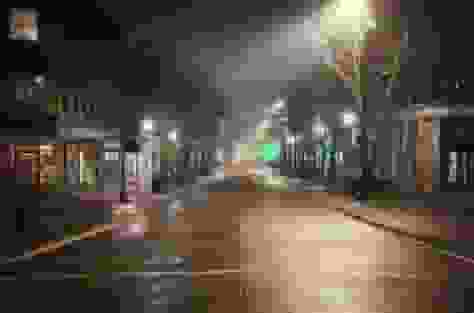

![Tyson Foods Plant [Photo: Food Manufacturing]](https://southarkansassun.com/wp-content/uploads/2023/08/iStock_1185520857__1_.5e441daa51cca-600x337.jpg)





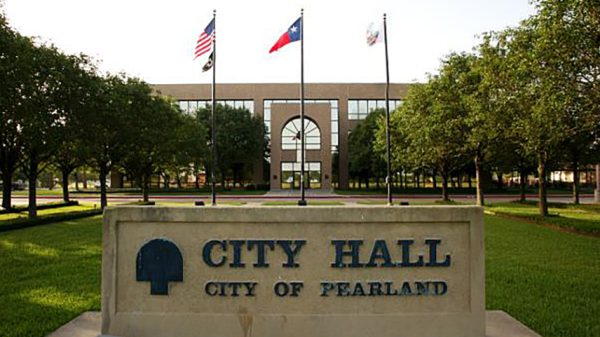

![Silverado Senior Living Management Inc. [Photo: Los Angeles Times]](https://southarkansassun.com/wp-content/uploads/2023/10/download-6-4-600x337.jpg)

![China's Wuhan Institute of Virology [Photo: Nature]](https://southarkansassun.com/wp-content/uploads/2023/09/d41586-021-01529-3_19239608-600x337.jpg)


